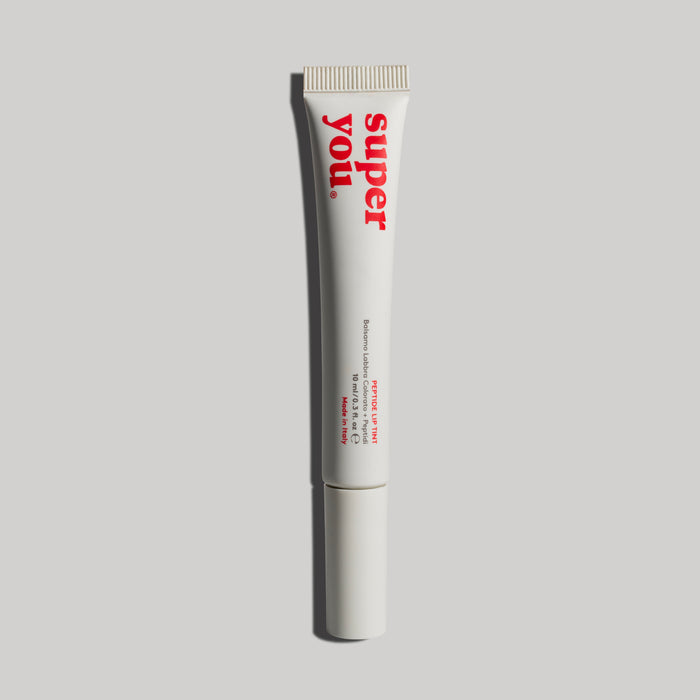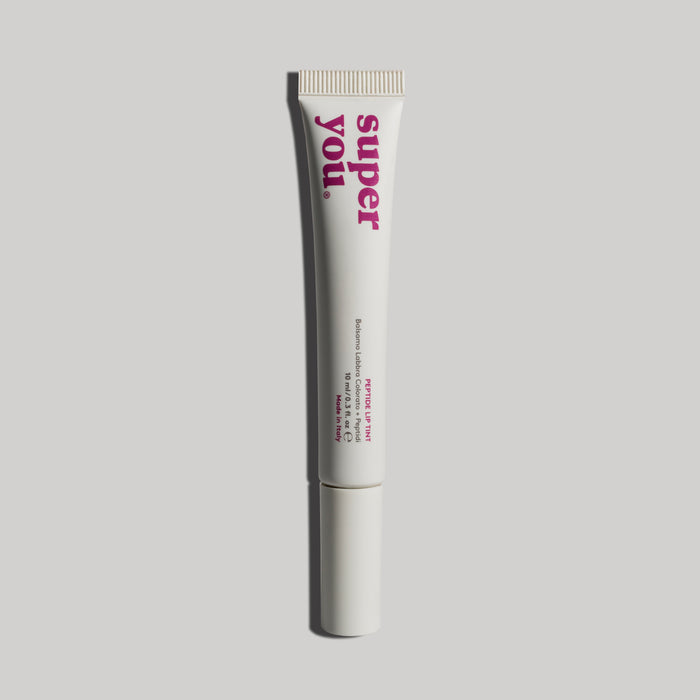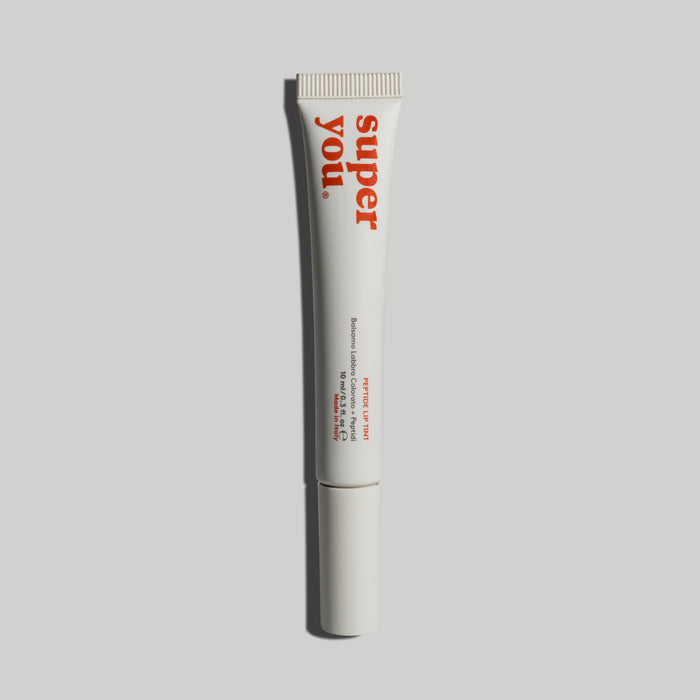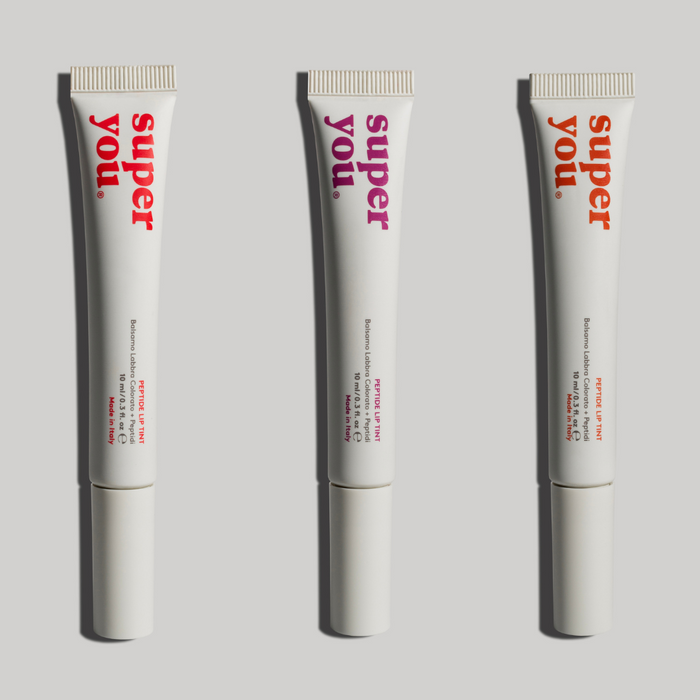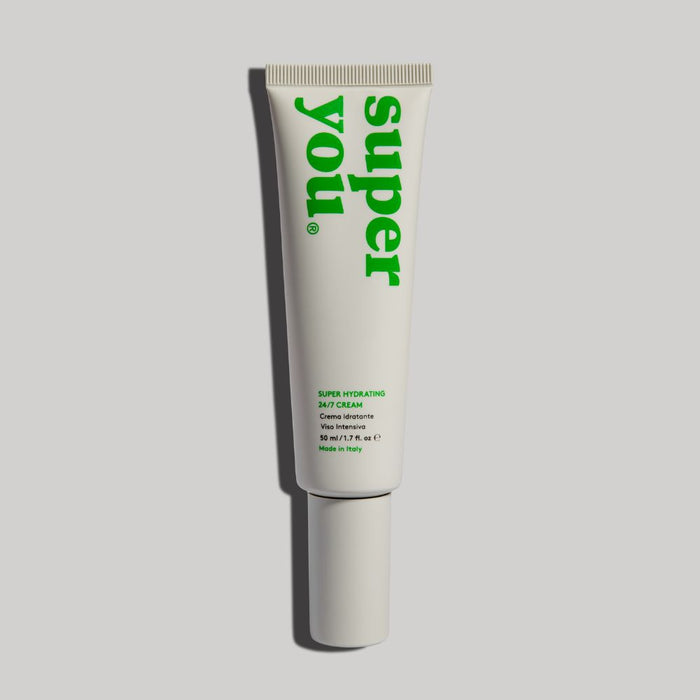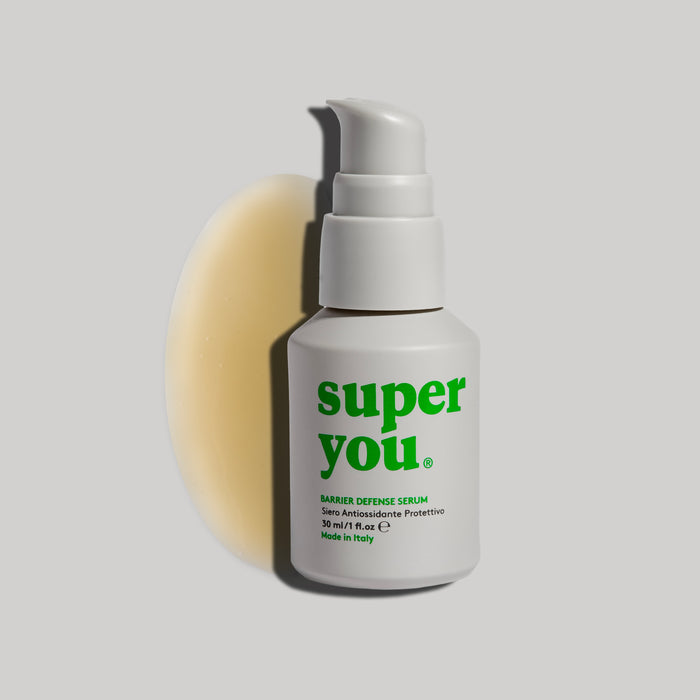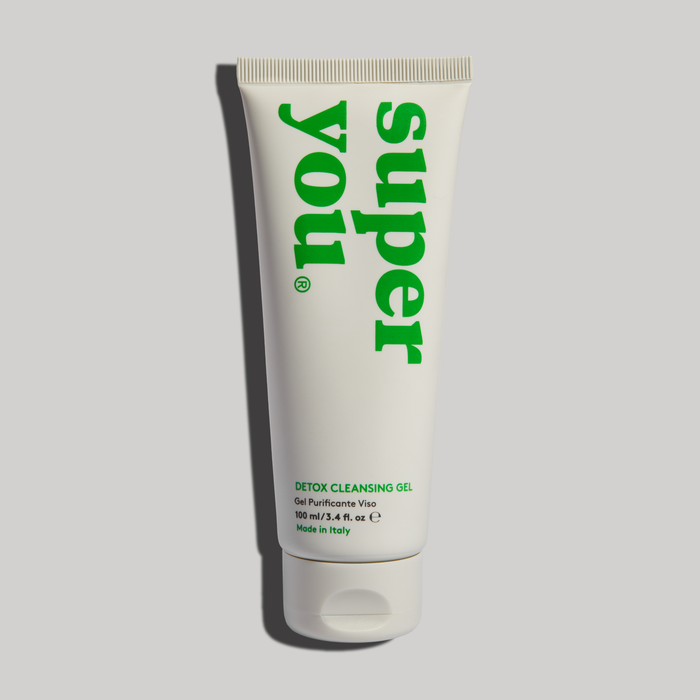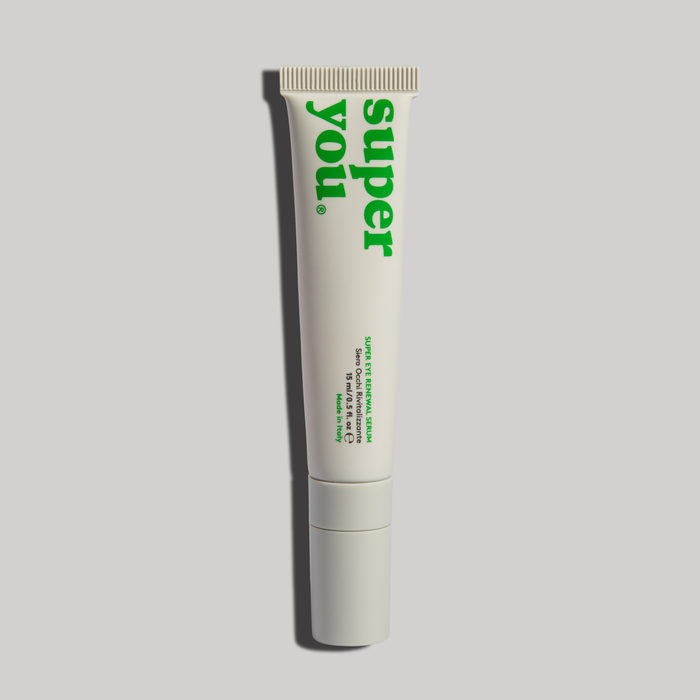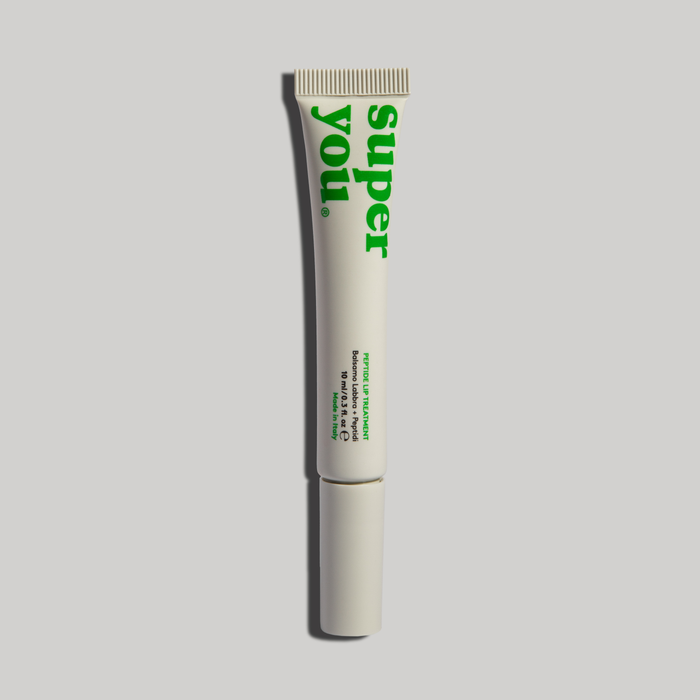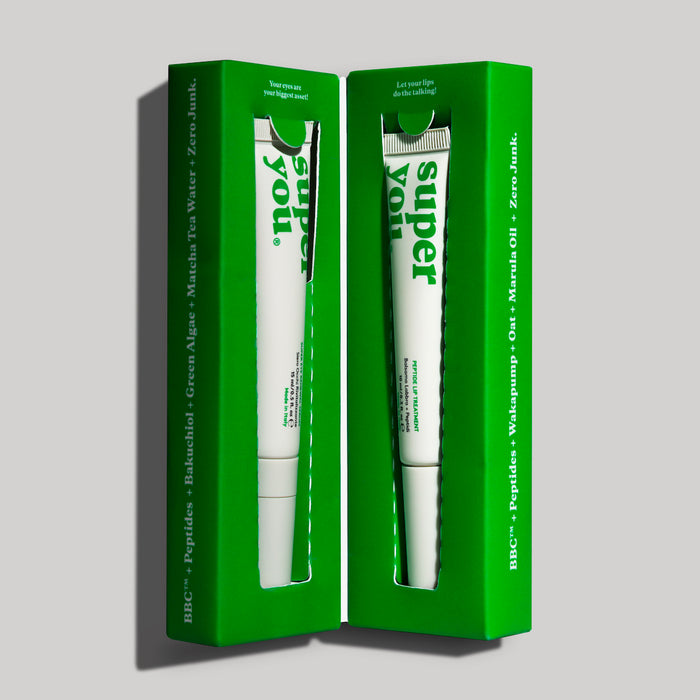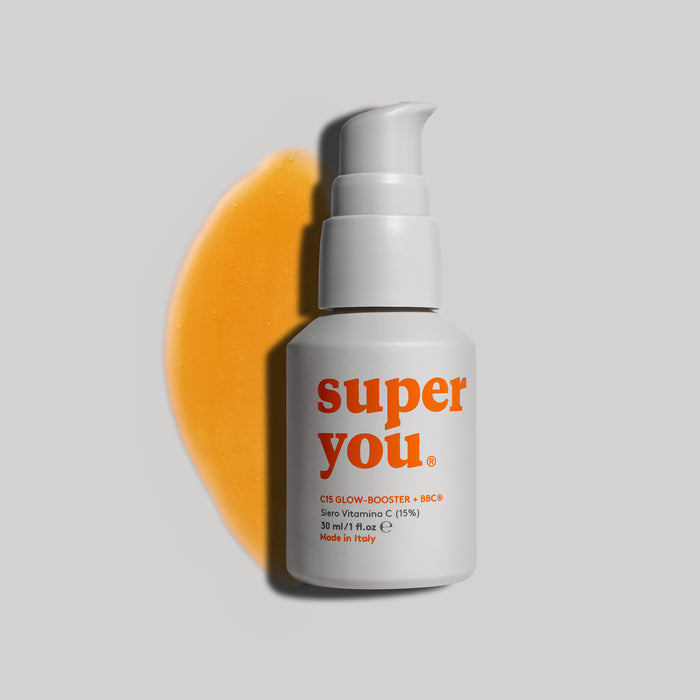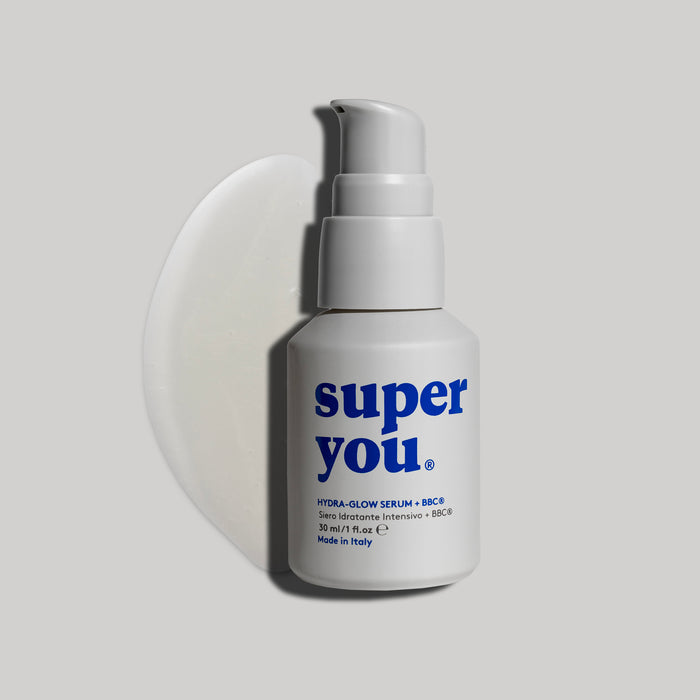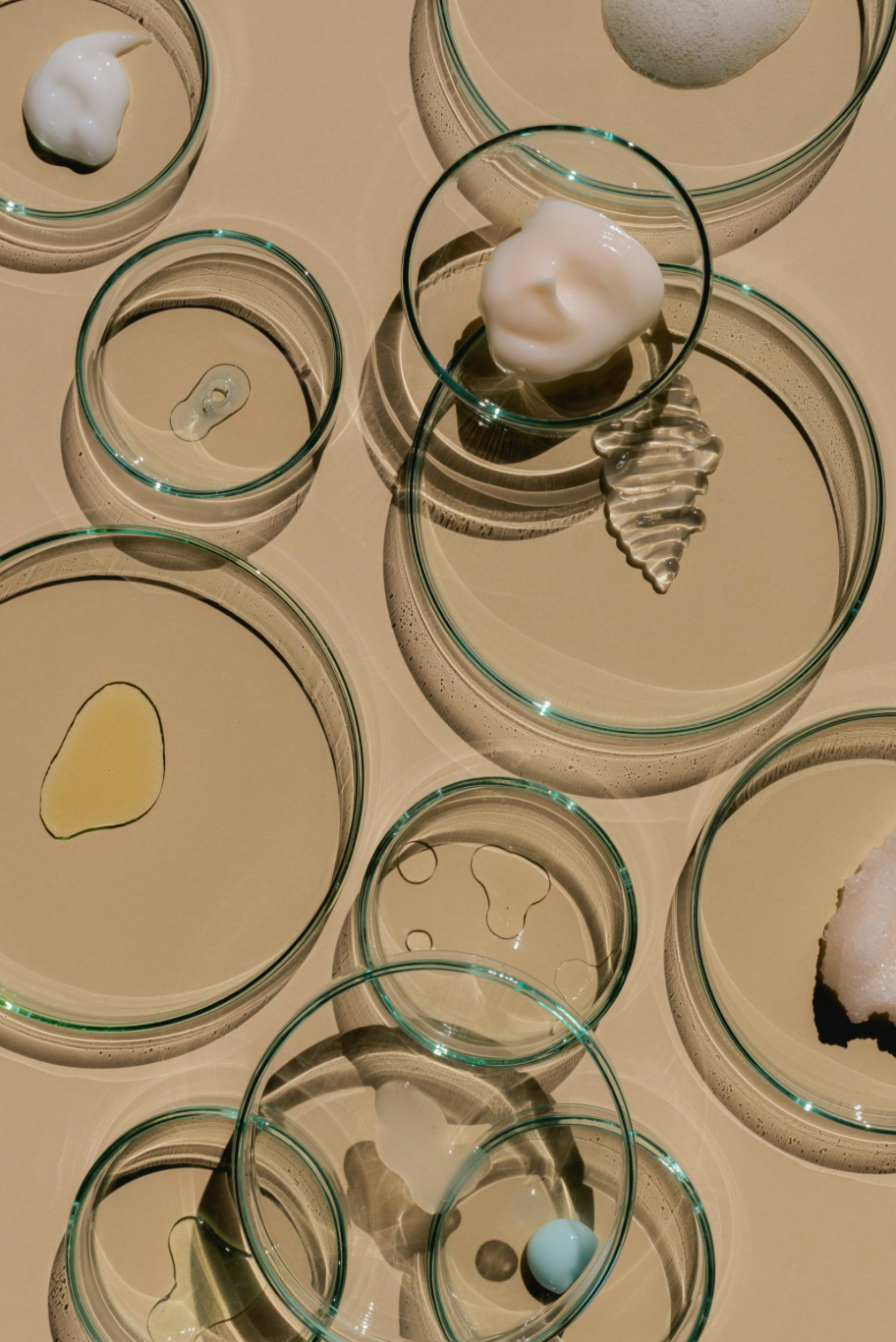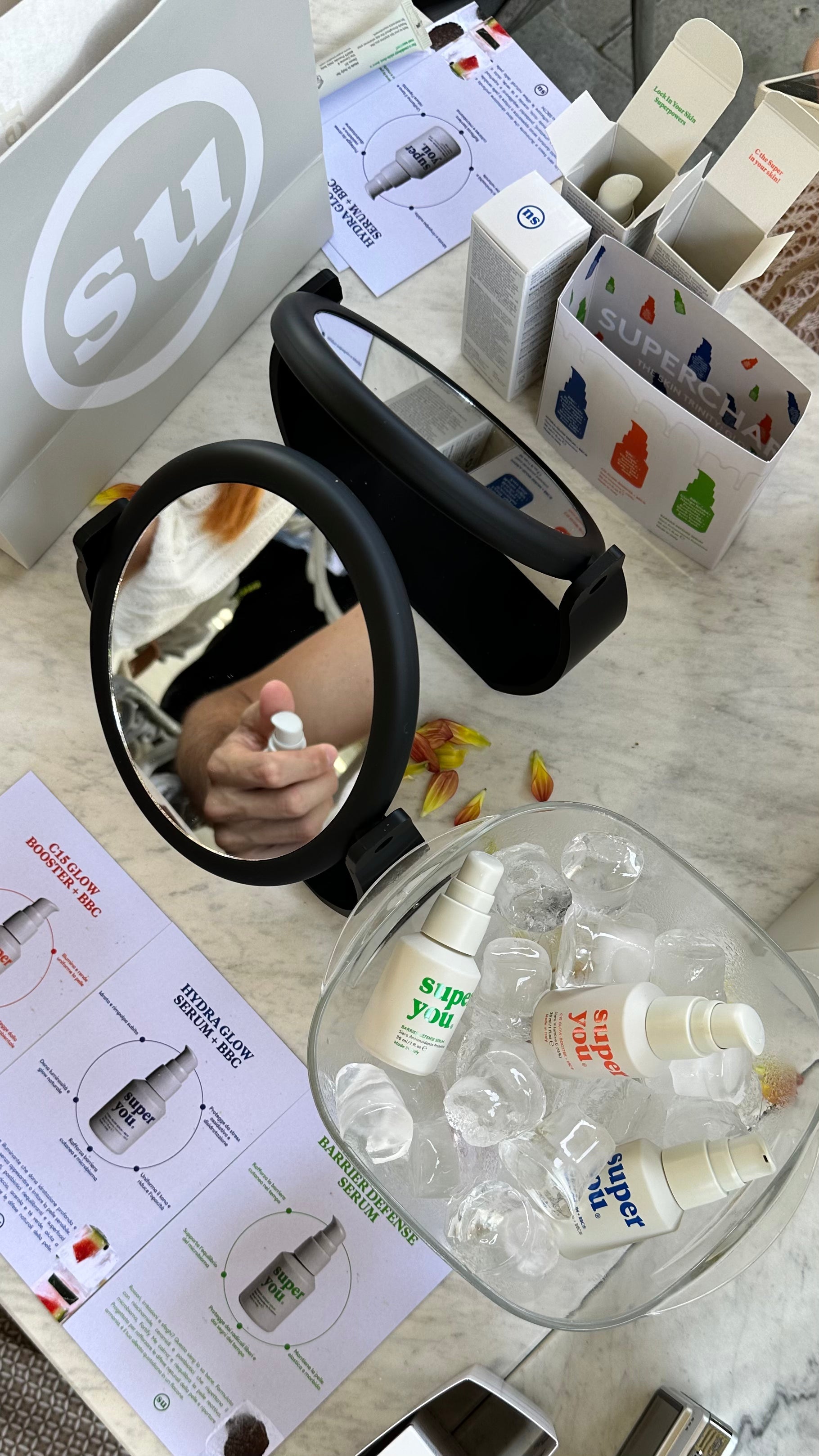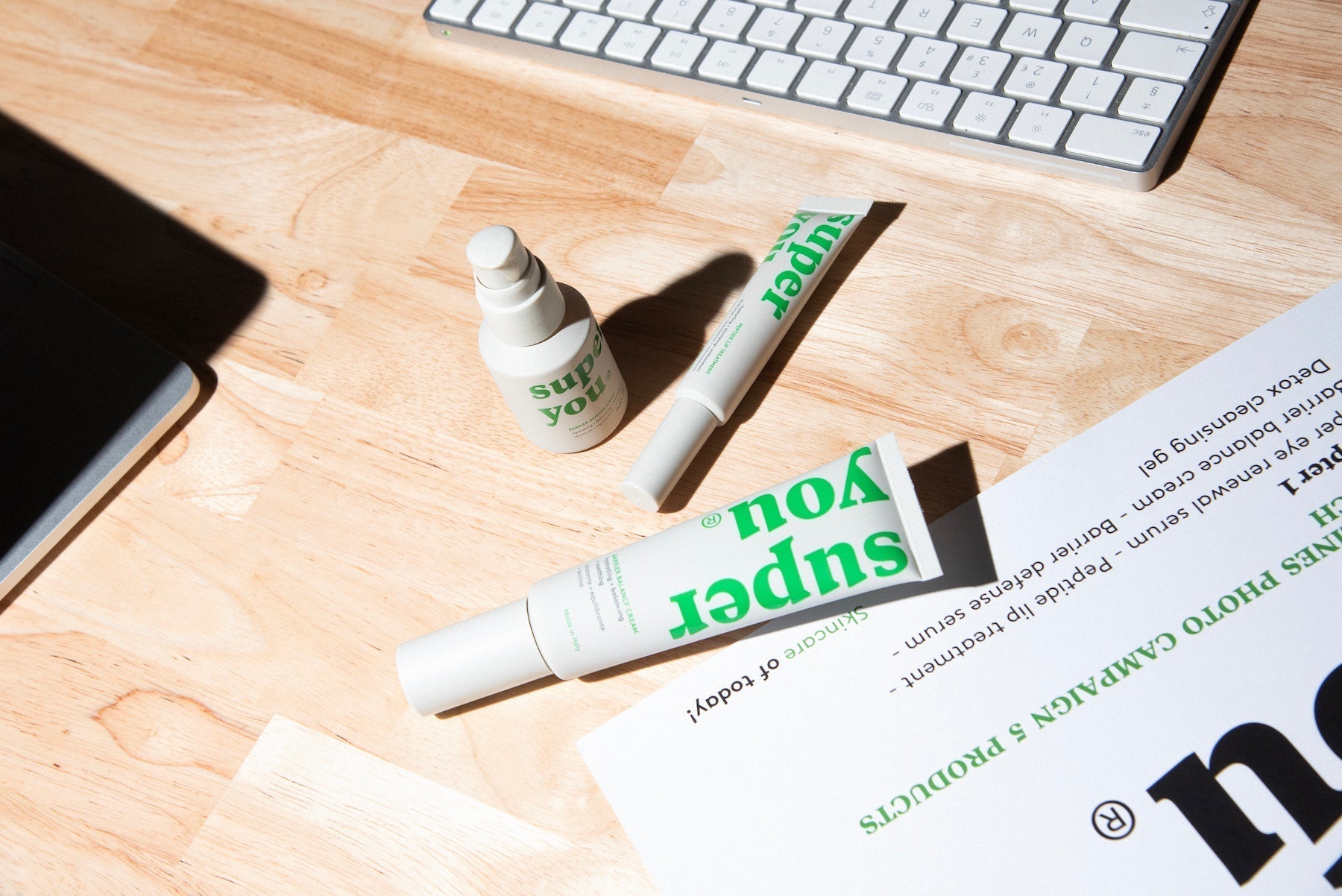Facial Exfoliation: What It Is, How to Do It Right, and Why It’s Essential for Radiant Skin
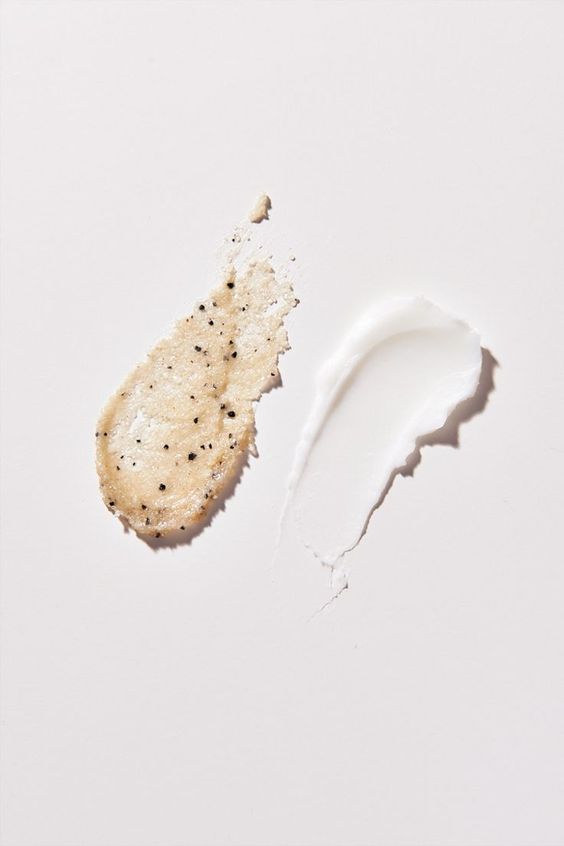
✨ What Is Facial Exfoliation?
Exfoliation is the process of removing dead skin cells from the surface of the skin.
While your skin naturally renews every ~28 days, external factors like:
-
Pollution
-
Stress
-
Hormonal imbalance
-
Age
can slow this cycle, leading to dull, uneven skin and clogged pores.
Exfoliation restores glow, refines texture, and improves product absorption.
🧪 Why Exfoliate? Key Benefits
-
✅ Softer, more even skin
-
✅ Fewer clogged pores and breakouts
-
✅ Brighter, healthier-looking complexion
-
✅ Increased absorption of serums and treatments
-
✅ Stimulated collagen production
-
✅ Smoother makeup application
-
✅ Prevention of premature aging

🔍 Chemical vs. Physical Exfoliants: What’s the Difference?
Physical Exfoliants (Scrubs):
Use tiny grains (like sugar, bamboo, or crushed seeds) to manually slough off dead skin.
👉 Best for oily or thicker skin types. Use gently to avoid micro-tears.
Chemical Exfoliants:
Use acids like AHA, BHA, or PHA to dissolve the bonds between dead cells.
-
AHAs (glycolic, lactic): brighten and hydrate
-
BHAs (salicylic): penetrate oil and clear pores
-
PHAs: gentle on sensitive skin
🧴 How Often Should You Exfoliate?
-
Sensitive/dry skin: once a week
-
Normal/combination skin: 1–2 times per week
-
Oily/thick skin: up to 3 times weekly (with caution)
⚠️ Avoid daily exfoliation—it can damage the skin barrier and disrupt your microbiome.
🧬 Microbiome-Friendly Exfoliation: Protect While You Polish
Your skin hosts billions of beneficial microbes.
Harsh exfoliation can strip these protective allies, leading to:
-
Redness
-
Breakouts
-
Increased sensitivity
💡 Choose products with probiotics, enzymes, and barrier-supporting ingredients to exfoliate without harm.
🧘 The Right Way to Exfoliate
-
Cleanse gently
-
Apply exfoliant evenly (on dry or slightly damp skin)
-
Massage gently (if physical) or leave on (if chemical)
-
Rinse well with lukewarm water
-
Moisturize with barrier cream or serum
☀️ Morning exfoliation? Always finish with SPF 30 or higher.
❌ Common Mistakes to Avoid
-
Using scrubs with rough particles
-
Mixing too many acids in one routine
-
Over-exfoliating irritated or acne-prone skin
-
Skipping hydration after exfoliating
-
Not protecting exfoliated skin with sunscreen
🌿 Best Exfoliating Ingredients for Healthy Skin
-
Papaya enzymes or pumpkin enzymes
-
Mandelic acid (gentle AHA)
-
Lactobacillus ferments (probiotics)
-
Hyaluronic acid (post-exfoliation hydration)
-
Centella asiatica & niacinamide (soothing)
🔚 A Reset Button For Your Face
Exfoliation is like a reset button for your face.
When done thoughtfully and with skin-safe actives, it helps reveal smoother, stronger, and more radiant skin—without harming your microbiome.
✨ Ready to renew your glow? Explore SuperYou's gentle exfoliants and build your microbiome-friendly skincare ritual today.
